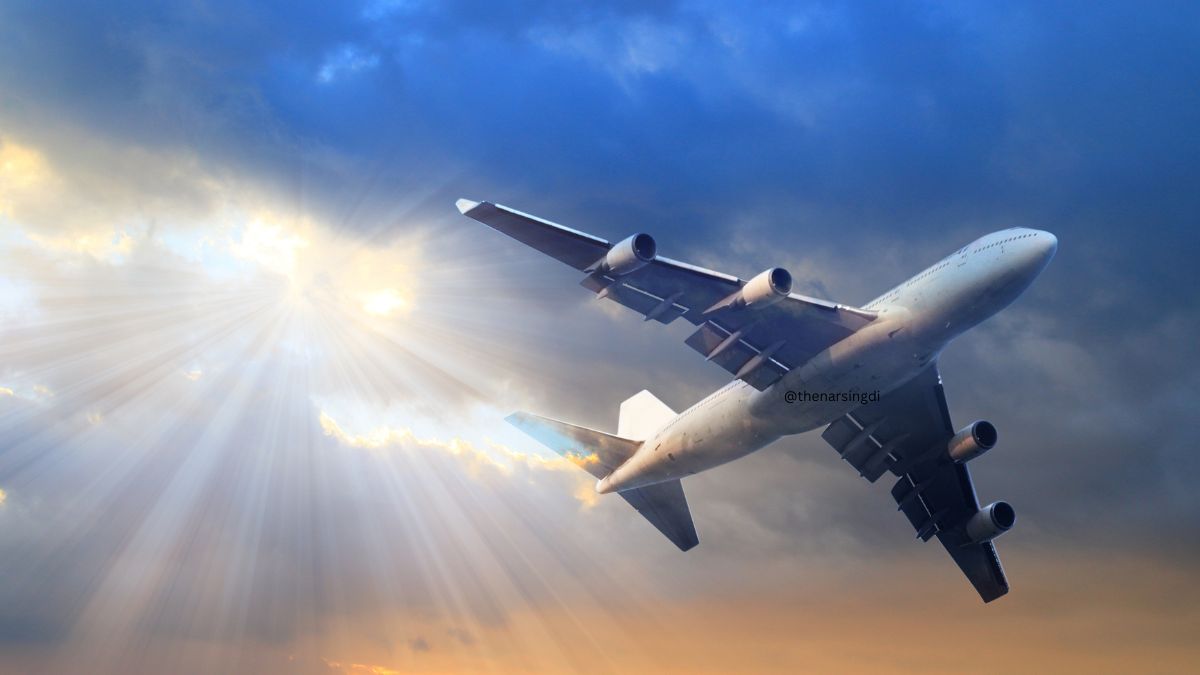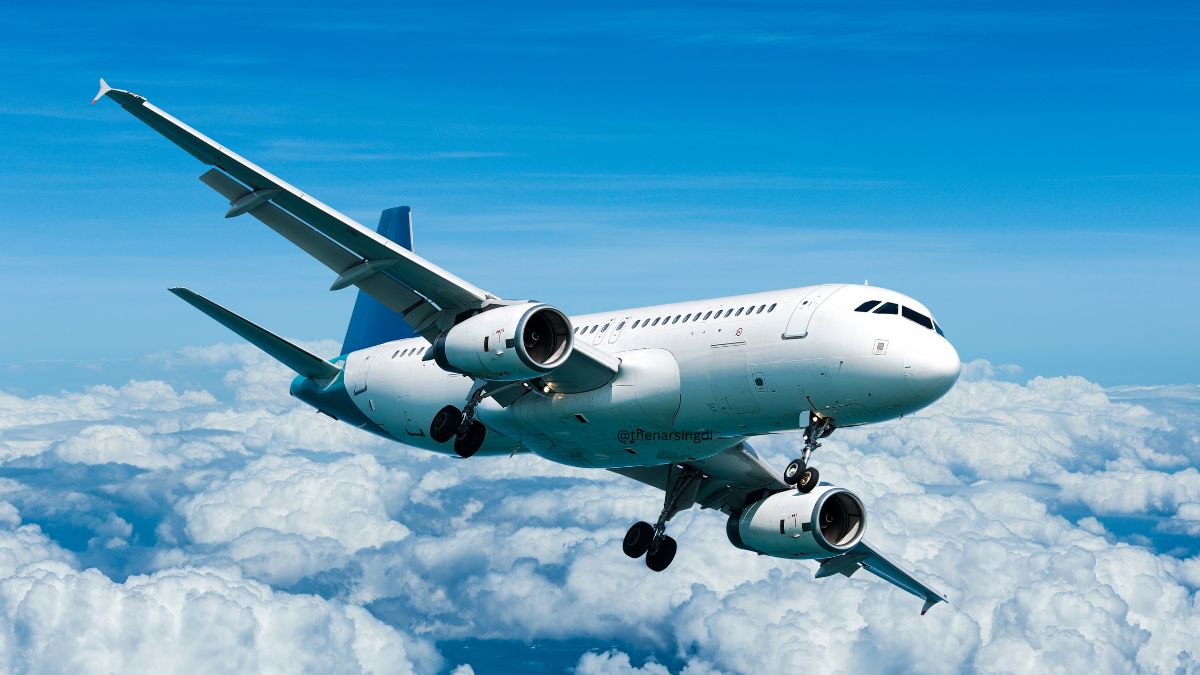In our modern world, air travel has become a routine part of life, connecting us to distant places with remarkable ease. Whether for business trips, vacations, or visiting loved ones, hopping on a plane often feels like the quickest, most convenient option.
Air travel is one of the most significant sources of greenhouse gas emissions, contributing heavily to climate change. From the carbon dioxide released at high altitudes to the formation of contrails that trap heat in the atmosphere, the aviation industry is taking a serious toll on our planet.
In this blog, we’ll explore into how bad is air travel for the environment and why it’s more important than ever to reconsider how we fly.

How Bad Is Air Travel For The Environment:
TOC
Although air travel represents a small fraction of global transportation, its environmental footprint is disproportionately large and deeply concerning.
1. Carbon Footprint of Flying
One of the most pressing environmental issues associated with air travel is the emission of carbon dioxide (CO2) and other greenhouse gases. Airplanes burn vast amounts of fossil fuels, releasing CO2 directly into the upper atmosphere. While aviation accounts for just 2-3% of global CO2 emissions, these emissions are more damaging due to the high altitudes at which they are released. The impact is intensified, significantly contributing to global warming and making aviation a key factor in the climate crisis.
2. Impact of Contrails
Contrails, those thin, white streaks left behind by planes, might seem innocuous, but they have a hidden impact on the environment. These trails can spread into larger cloud formations that trap heat in the Earth’s atmosphere, exacerbating global warming. The effect of contrails on the climate could be as significant as that of CO2 emissions, highlighting a critical yet often overlooked aspect of aviation’s environmental impact.
3. Beyond CO2: Other Harmful Emissions
In addition to carbon dioxide, planes produce different poisons like nitrogen oxides (NOx), water fume, and particulate matter. These non-CO2 emissions contribute to various environmental problems, including the formation of ozone, a potent greenhouse gas, and further complicate the aviation industry’s environmental footprint. Addressing these emissions adds another layer of complexity to the challenge of making air travel more sustainable.
4. Rising Demand and Environmental Consequences
Despite the known environmental impacts, the demand for air travel is on the rise. As global travel becomes more accessible and economies grow, the number of flights is expected to double or even triple in the coming decades. This increase in air traffic poses a significant threat to international climate goals, such as those outlined in the Paris Agreement, unless drastic measures are taken to curb emissions.
Related: 5 Negative Effects Of Traveling
5. Efforts to Mitigate the Impact: A Long Road Ahead
While there are efforts to reduce the environmental impact of air travel, progress has been slow. Innovations in fuel efficiency, the development of sustainable aviation fuels, and the exploration of electric or hybrid aircraft offer some hope, but these technologies are still in the early stages and far from being widely adopted. In the meantime, the aviation industry remains one of the most challenging sectors to decarbonize.
As we face the realities of climate change, rethinking our approach to air travel is not just a choice—it’s an imperative for the future of our planet.
Last call:
air travel poses a serious threat to our environment, contributing heavily to climate change through high carbon emissions and contrails.
As we become more aware of these impacts, it’s vital to take action by reducing unnecessary flights and supporting sustainable alternatives. Each work includes in safeguarding our planet.
For additional thoughts on the most proficient method to live economically and diminish your carbon impression, go along with us on Pinterest. Together, we can make a positive impact and help ensure a healthier planet for future generations.
FAQs | how bad is air travel for the environment
Q. how does air travel impact the environment?
Air travel impacts the environment mainly through greenhouse gas emissions, such as carbon dioxide, from burning fossil fuels in aircraft engines. These outpourings add to a perilous air devation and ecological change.
Q. is air travel good for the environment
Generally, no. Air travel is not considered environmentally friendly due to its significant carbon footprint and overall contribution to environmental issues, despite its importance for global connectivity.
Q. What are the main environmental issues with air travel?
The key environmental issues include high carbon emissions, noise pollution, and resource depletion. Airplane emanations add to environmental change by delivering ozone harming substances and different poisons.
Q. How can we make air travel more eco-friendly?
Making air travel more eco-friendly involves using more fuel-efficient aircraft, investing in sustainable aviation fuels, and improving flight management. Reducing short-haul flights and exploring alternative transportation options can also help lessen environmental impacts.
Q. How does innovation assist with decreasing the natural effect of air travel?
Technology helps by enhancing fuel efficiency, developing alternative fuels, and optimizing flight routes. Advances like electric and hybrid aircraft are also being researched to cut emissions and promote sustainability.

Its Aliza R. Khan, a passionate travel blogger from Bangladesh. With a knack for inspecting hidden gems and sharing travel tips, I love to inspires readers to explore the world with curiosity and adventure.










